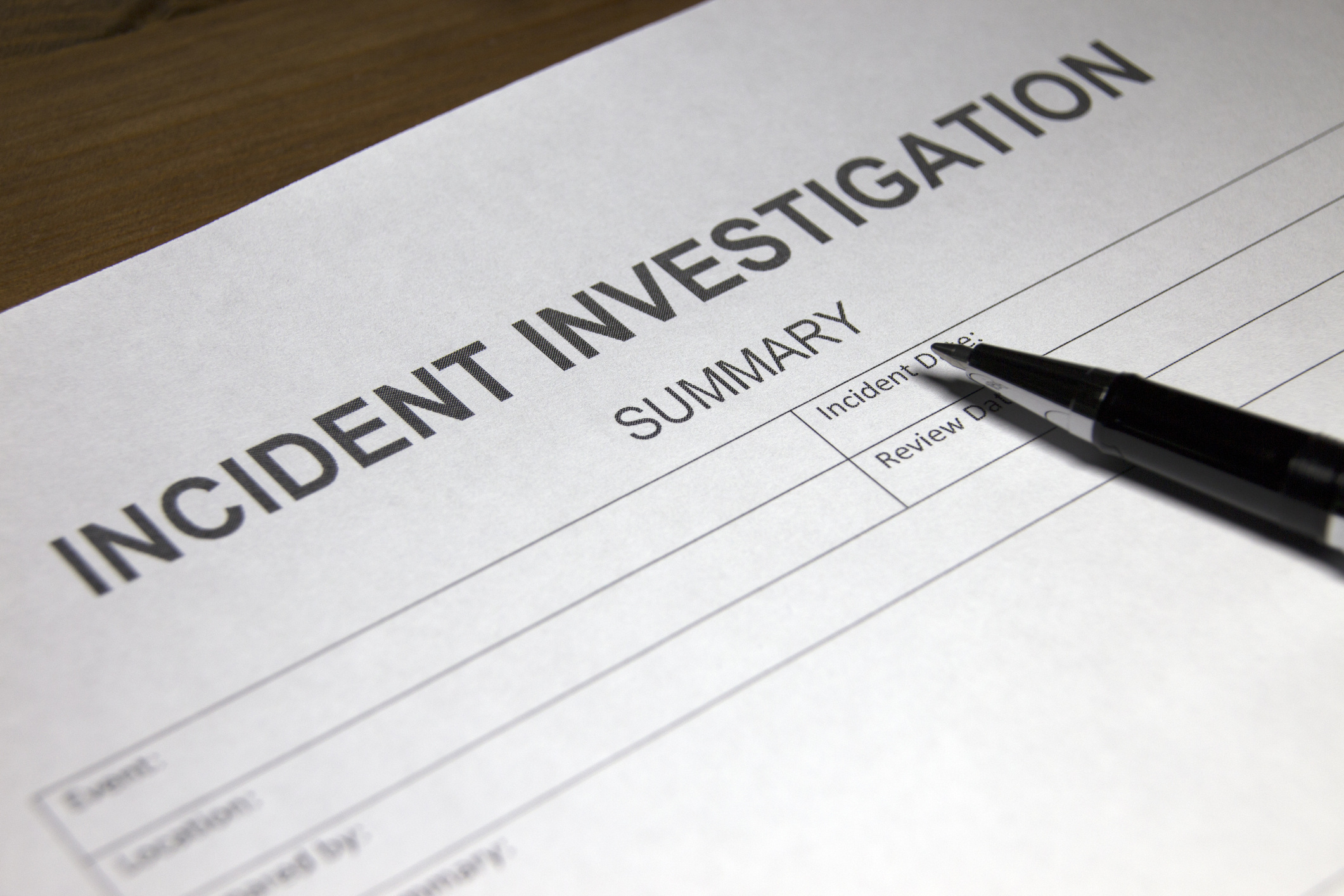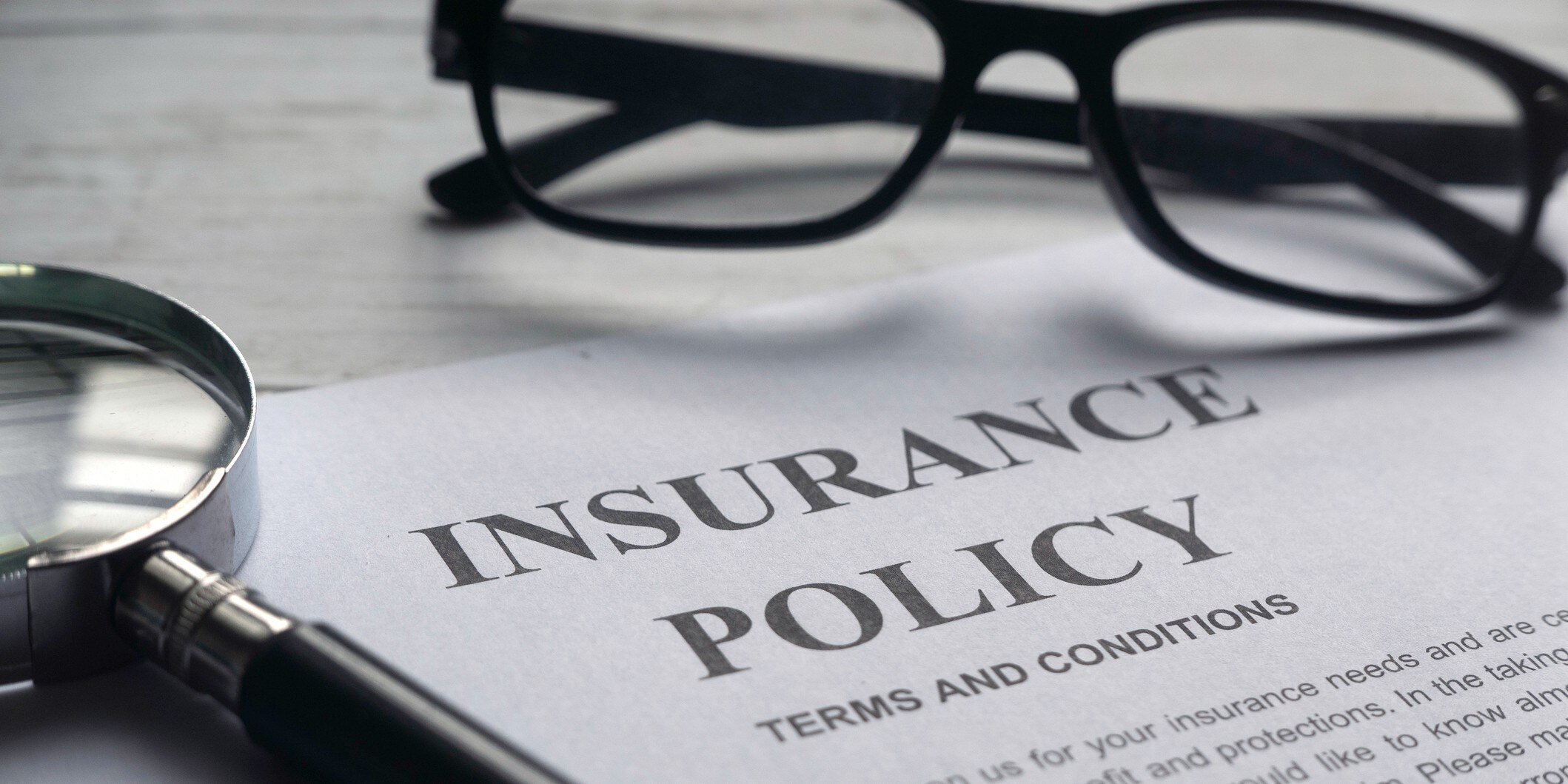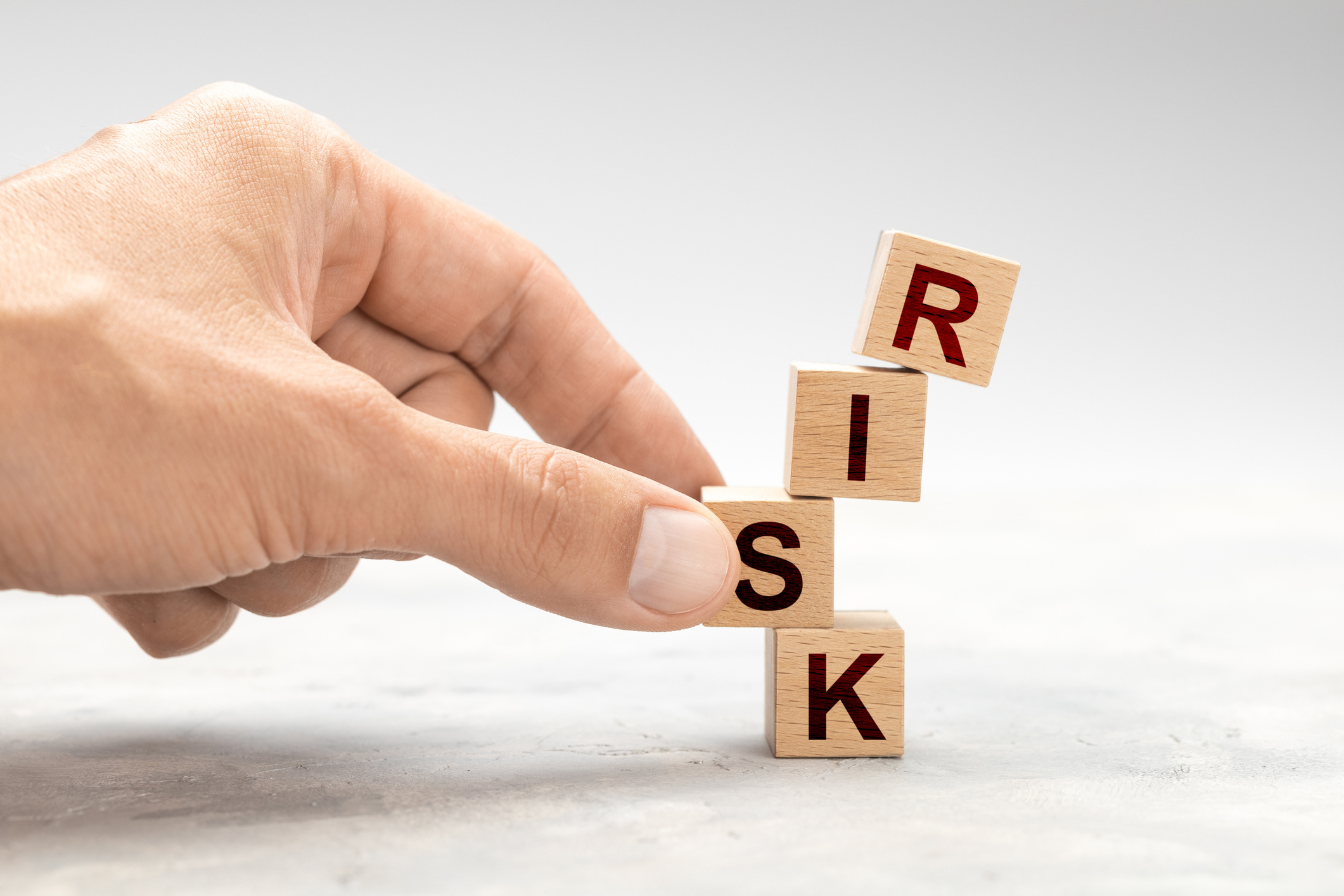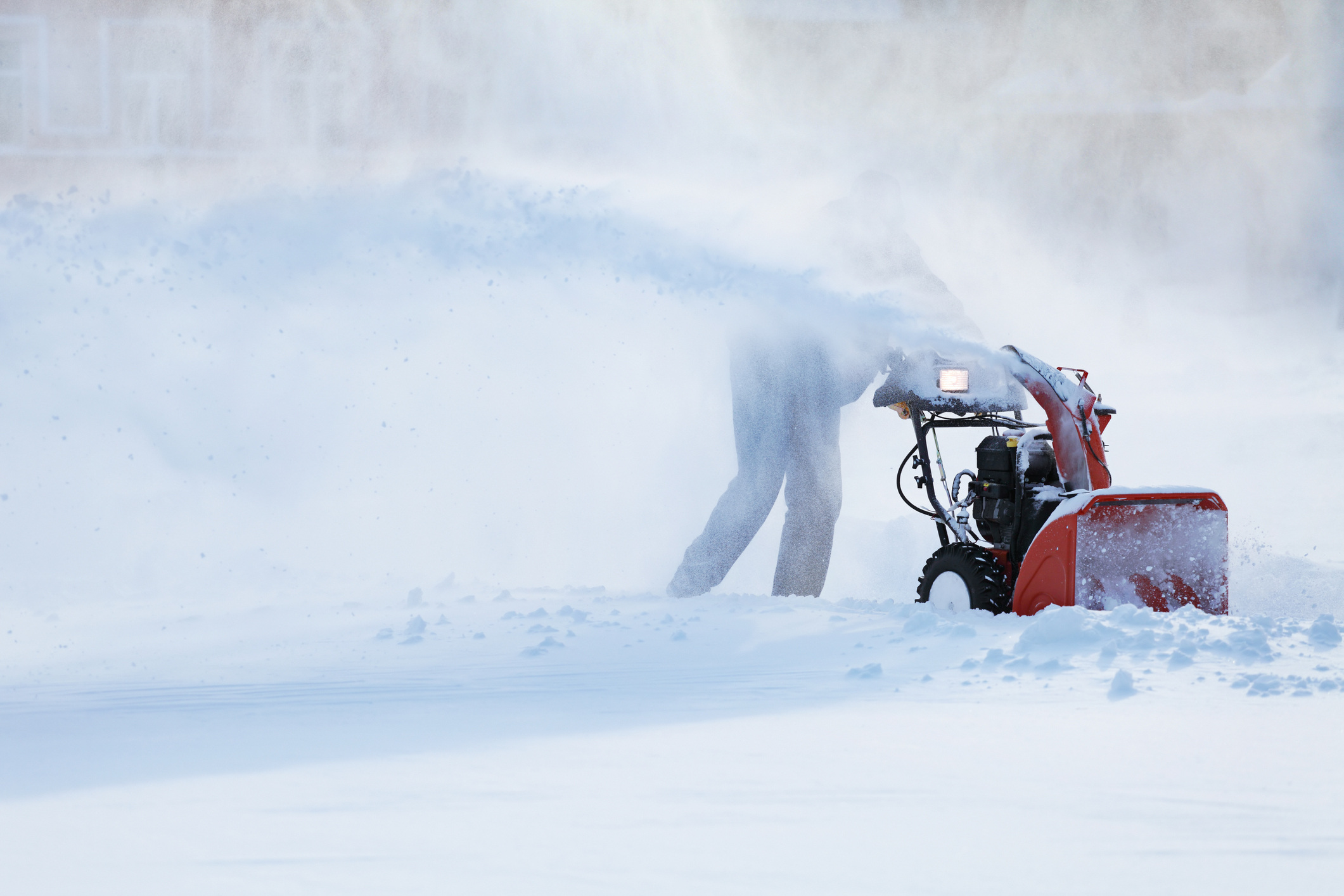No matter how many precautions your housing organization takes, accidents and incidents are bound to happen. You may feel helpless to an extent, but that couldn’t be further from the truth.
“Correctly reporting and investigating these events can help your organization prevent losses and defend itself against lawsuits,” said JB Smith, a senior risk control consultant on HAI Group’s Risk Control Services team.
We cover the basics of responding to an incident or accident in this post. If you're looking for hands-on support, contact a member of our Risk Control Services team.
Create reporting protocols
Organizations must have strict protocols in place to report accidents and incidents. A standardized accident/incident report form should be used by the investigating employee(s) to record relevant details (e.g., date, time, name, contact information, summary of incident). Consult with legal counsel about who in your organization should be in charge of accident/incident investigations, and to determine the contents of your reporting form(s).
As an incident is investigated, additional details (e.g., witness statements, photos, and documents) should be attached to the form. Smith said that forms should be maintained as records, with a process for investigators to retrieve and update them when necessary.
Consider these questions when developing accident/incident reporting protocols:
- Who should residents and employees report to?
- Who maintains and distributes accident/incident report forms?
- What type of information should the report collect?
- How should incident/accident details be recorded?
- Where should forms be stored?
- Who should have access to accident/incident records?

The importance of incident reporting
An incident must be reported promptly and properly by responsible housing staff before an investigation can begin.
“Take a proactive approach to incident reporting by reminding staff to be on the lookout for the seeds of an incident,” Smith said.
Employees have a responsibility to report:
-
incidents to management immediately, including all job-related injuries;
-
conditions that endanger themselves or others; and
-
conditions that may cause property/asset loss.
When a serious incident occurs, other interested parties may be on the scene, including local government authorities, the press, insurance representatives, and, in some cases, federal officials. Keep in mind that all will seek detailed information on the cause, result, and future prevention of the loss.
“Incidents that are reported promptly enable investigations to get underway quickly, ensuring that the details are fresh in the minds of witness(es) and victim(s),” said Smith.
Rule-of-thumb: The longer the delay before an investigation begins, the higher the cost to settle a potential claim.

Notify your insurer of all incidents involving injuries or property damage. If an incident isn’t reported and another event occurs in the future, an insurer may refuse to pay benefits due to the organization not following reporting protocols. Insurance costs can also increase if an insurer interprets a lack of incident reporting as a risk.
Provide your insurer with copies of all pertinent documentation, including internal incident reports, written statements, police/fire reports, incident photographs, submitted medical documentation, and legal notices.
Never take responsibility for an incident until a thorough investigation has occurred.
Investigating accidents and incidents
Once an incident is reported, the investigation can begin. An incident investigation is an analysis, evaluation, and documented report of an incident based on information gathered by an investigator, usually a housing organization supervisor or the housing manager.
“The quality and usefulness of the information are directly related to the investigator’s thoroughness,” Smith said. “The investigation should include an objective evaluation of all facts, opinions, statements, and related information; it should also include an action plan to prevent or control a recurrence.”
Everyone who participates in the investigation should be held accountable for the information during the investigation process. Consult with legal counsel before providing the press/media information about the incident investigation.
As with incident reporting, investigation timing is essential. The less delay there is between an incident and its investigation, the more accurate the facts surrounding the event will be. The witness(es’) opinion will be less biased, their memory will be more precise, and they’ll have more details available.
In the case of an incident involving physical injury, the investigation should be delayed only long enough to provide aid and medical attention to the injured parties. The investigator should then immediately assess the situation and obtain photographs, if necessary, to establish the physical location of the people and property involved. Do not discard evidence collected during the investigation, and preserve the affected areas when possible (e.g., if there’s a unit fire, don’t remove potential sources of fire, such as the stove).
Typically, the investigation will include on-scene statements from the most knowledgeable people involved, beginning with the injured person(s) if possible, followed by the witness(es).

Detailed documentation of the on-scene investigation is critical to the potential claims process and the prevention of a recurrence, Smith noted. This information establishes the “who,” “what,” “when,” “where,” “why,” and “how” related to the incident.
Who. Record the name, address, age, and gender of the person(s) involved, and whether they are a resident, visitor, or contractor.
What. Record the nature of the accident or other incident and the injury(ies). Approach witness(es) for statements and record their name, address, and phone number. Document the circumstances of the incident or the exact sequence of events that led to the loss. Use a step-by-step approach to document what happened, including every person and object that contributed to the occurrence. State facts and omit opinions. Include estimated property damage costs, keeping in mind that actual costs will be determined later.
When. Record the date and time of the accident or other incident, along with weather and lighting conditions. Be aware that incidents are sometimes alleged to have occurred days and even weeks prior to the date they’re reported—the “when” data have tremendous value in legal actions and court decisions.
Where. Document the exact location of the accident or other incident, and note details that may have caused the event or played a factor. Take photos when possible to help document conditions like snow, ice, and other factors.
Why. Review the facts surrounding the accident or other incident to find probable cause. Determine a plan of action to help prevent a recurrence.
How. Note the cause of the incident, the factors leading up to the incident, and the methods of reducing or eliminating it in the future.
Contact our Risk Control and Consulting team for more resources and answers to your housing organization’s risk-related questions.
Interested in Working With HAI Group? Our Account Services team is ready to assist you.
This article is for general information only. HAI Group® makes no representation or warranty about the accuracy or applicability of this information for any particular use or circumstance. Your use of this information is at your own discretion and risk. HAI Group® and any author or contributor identified herein assume no responsibility for your use of this information. You should consult with your attorney or subject matter advisor before adopting any risk management strategy or policy.
HAI Group® is a marketing name used to refer to insurers, a producer, and related service providers affiliated through a common mission, management, and governance. Property-casualty insurance and related services are written or provided by Housing Authority Property Insurance, A Mutual Company; Housing Enterprise Insurance Company, Inc.; Housing Specialty Insurance Company, Inc.; Housing Investment Group, Inc.; and Housing Insurance Services (DBA Housing Insurance Agency Services in NY and MI).







